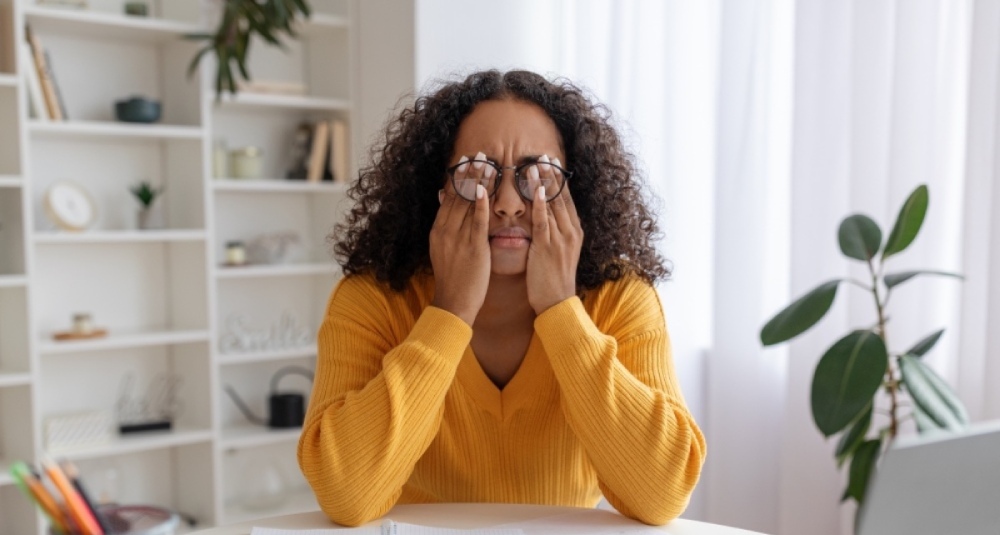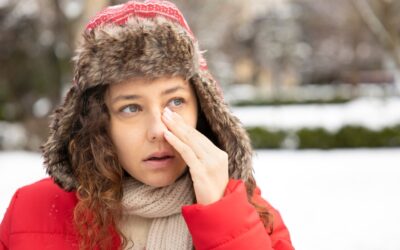Dry eye disease is an uncomfortable and even painful condition that affects millions of people. It occurs when the eyes don’t produce enough tears, or the tears are of poor quality.
While it can affect both genders, women are twice as likely to suffer from dry eye than men. Let’s take a closer look at why this is and what you can do to protect your eyes.
Why women are more susceptible to dry eye disease
There are several reasons why women are more likely to experience dry eye than men. One of the primary reasons is hormonal changes. Women experience hormonal fluctuations throughout their lives, including during pregnancy, menopause, and menstruation. These changes can affect tear production and quality, leading to dry eyes.
Another reason is the use of certain medications. Women are more likely to take medications that can cause dry eyes, such as birth control pills, hormone replacement therapy, and antidepressants. Additionally, women are more likely to use makeup and other beauty products that can irritate the eyes, exacerbating dryness.
Symptoms of dry eye disease
The symptoms of dry eye disease can vary from person to person, but some of the most common ones include:
- Dryness
- Redness
- Burning or stinging sensation
- Blurry vision
- Sensitivity to light
- Eye fatigue
Left untreated, dry eye can cause damage to the cornea and potentially lead to vision loss. If you experience any of these symptoms, it’s best to see an eye doctor for a comprehensive eye exam.
Treating dry eye disease in women
There are several treatments available for dry eye disease, depending on the severity of the condition and the underlying cause. Here are some of the most common treatment options:
Artificial tears
Artificial tears are over-the-counter eye drops that can help lubricate the eyes and relieve dryness.
Prescription eye drops
If over-the-counter drops don’t work, your doctor may prescribe eye drops to increase tear production or reduce inflammation.
Lifestyle changes
Making changes to your daily habits, such as reducing screen time, taking breaks, and using a humidifier, can help reduce dryness.
Medical procedures
In severe cases, medical procedures such as punctal plugs or meibomian gland expression may be needed to improve tear production. If your dry eye disease is due to meibomian gland dysfunction, our eye doctors offer in-office treatments, such as OptiLight intense pulsed light therapy, to alleviate symptoms.
With the right treatment and regular eye exams, you can effectively manage dry eye symptoms. If you are suffering from dry eye, make an appointment with our eye doctor in Elkhorn. Our eye care professionals can develop a treatment plan that helps you relieve your symptoms and maintain good eye health.




